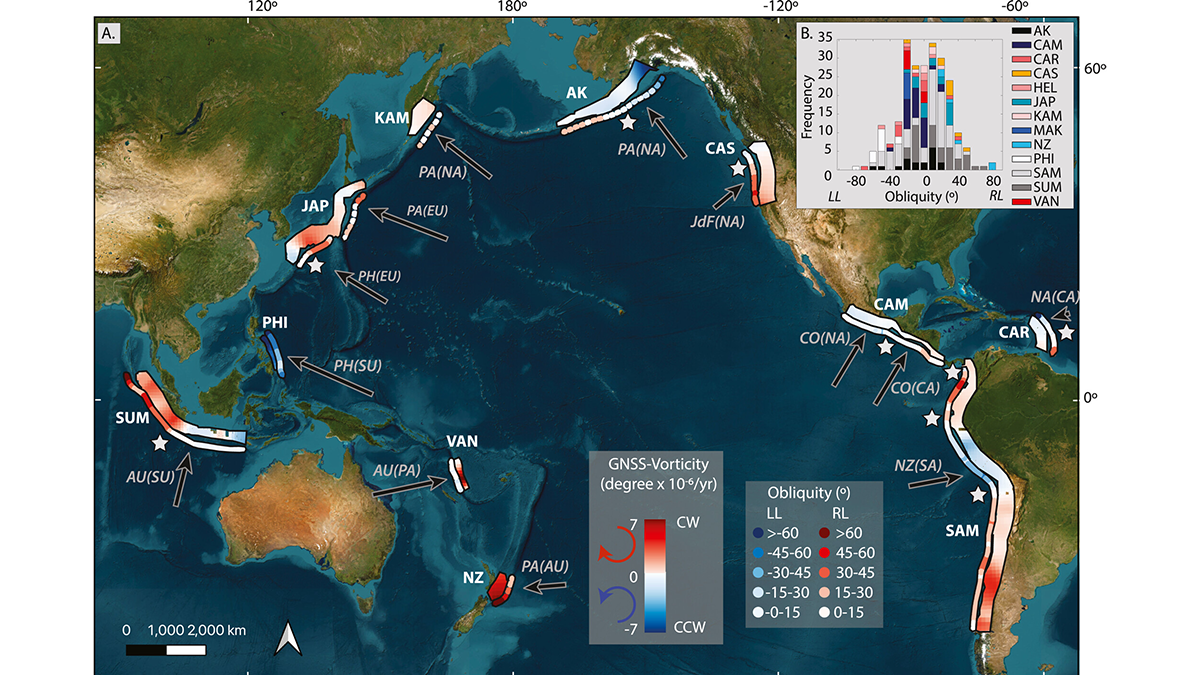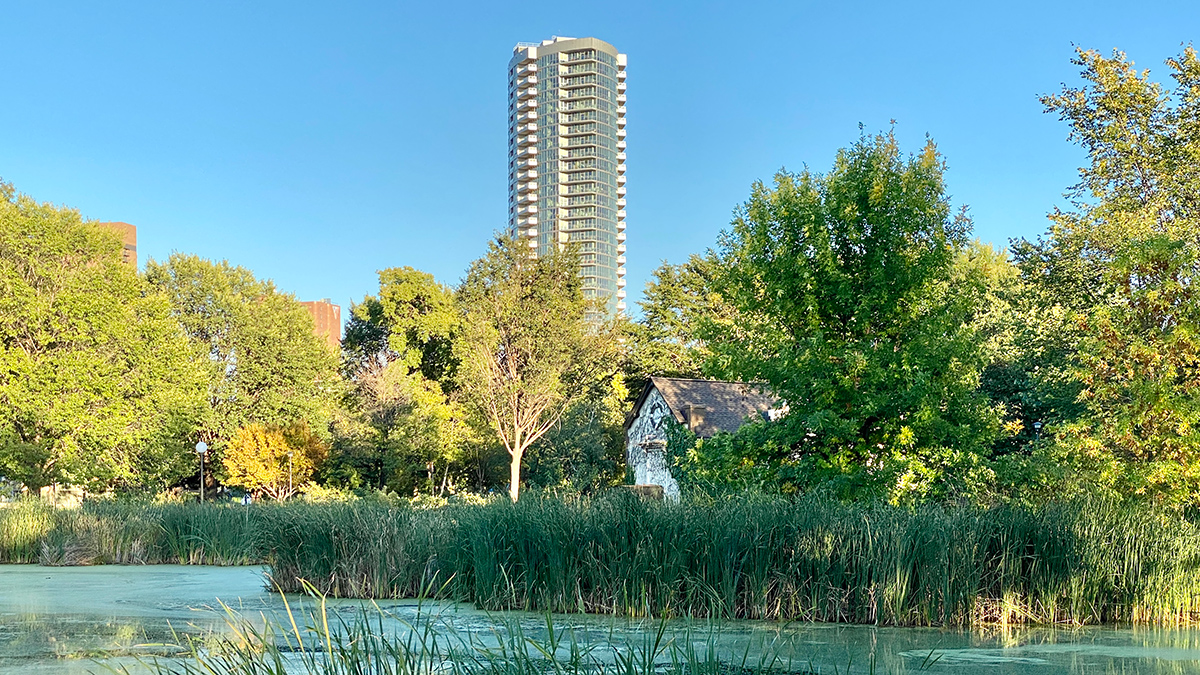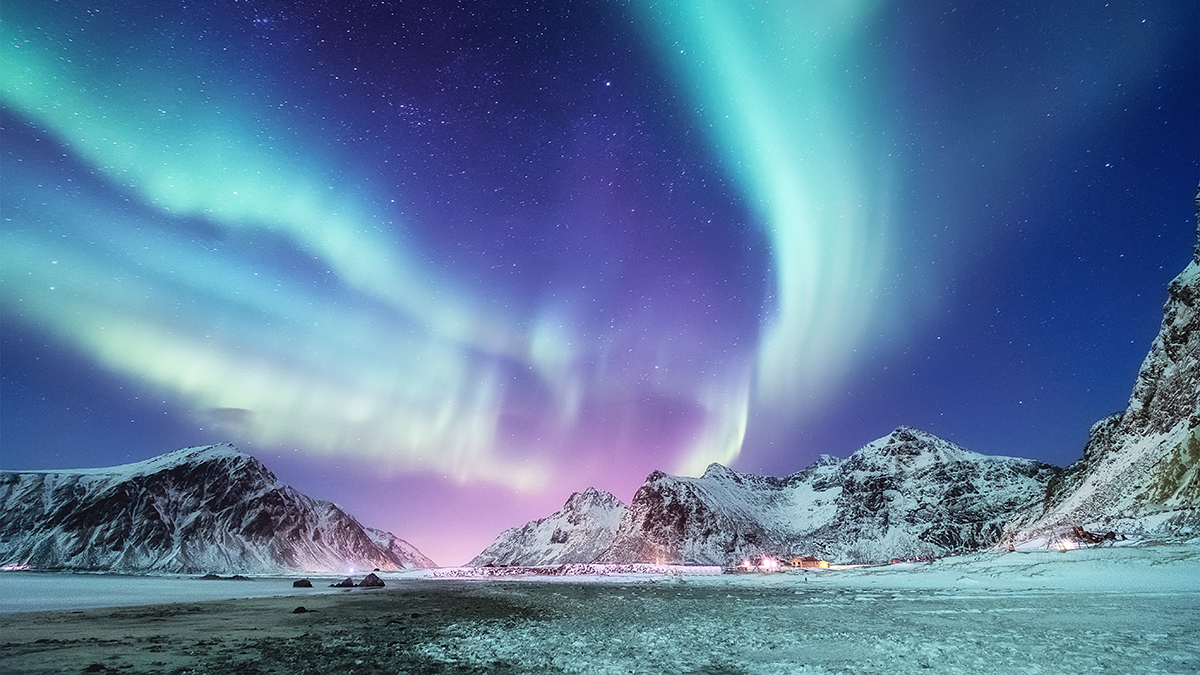Researchers use tree ring records to help reconstruct hydroclimate patterns and isolate drivers of drought.
AGU Advances
Skewed Subduction Shear Zones
A global reanalysis of both short- and long-term deformation clarifies how obliquity affects strain partitioning in convergent plate boundaries.
Jupiter’s Moon Callisto Is Very Likely an Ocean World
A closer look at previously disregarded observations reveals stronger evidence that a deep ocean lies beneath Callisto’s icy surface.
Using Satellite Data for More Effective Disaster Response
Satellite data play a crucial role in disaster assessment and response. Meeting expanding demand requires not only accelerated data processing but increased collaboration with responders.
Trees Can Cool Cities, But Only with a Little Help
To get the benefits of trees, city managers must give greenery what it needs to thrive, says new research.
Editorial Handover at AGU Advances
The outgoing and incoming Editors-in-Chief of AGU Advances reflect on recent years of growth and expansion in the journal while they plan for the challenges ahead.
Ceres’s Organics Might Not Be Homegrown After All
Scientists have been unable to determine whether the dwarf planet’s organics were produced by its own chemical processes or delivered by asteroids. New evidence implicates asteroids.
Characterizing the Space Between Clouds and Clear Sky
The area near clouds is often classified as ‘clear sky’, but a new study demonstrates the potential biases of misclassifying these transition zones and their significance for Earth’s energy budget.
Ancient Climate Reconstruction Links Past and Future
A new map of climate conditions during the Pliocene epoch—the last time Earth’s carbon dioxide concentrations hit 400 parts per million—could offer clues about possible climatic changes in store for the 21st century.










